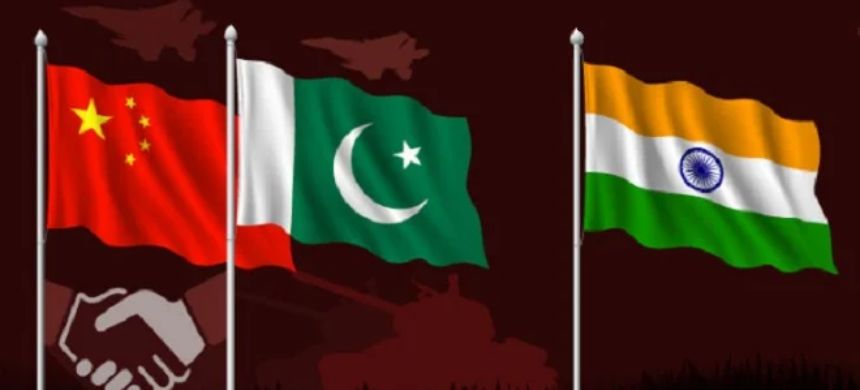India’s Aerial Build-Up and the Unexpected Halt
The Indian Air Force had mobilized nearly 180 aircraft near the western front, aiming to recreate Balakot-style strikes and assert strategic dominance. But unlike 2019, the skies now posed a new threat. The Indian jets remained 300 km from the border—not due to hesitation, but due to awareness of the advanced defenses waiting across the line, particularly those supported by China.
China’s Silent Backing and the Rafale Shock
Indian pilots faced more than just Pakistan. Chinese J-10C fighters, long-range PL-15 missiles, and integrated radar systems created an invisible shield. In this new environment, one Rafale was downed mid-air—despite its elite Spectra EW defenses. It never saw the missile coming. The event underscored the growing effectiveness of China’s AI-enhanced air warfare doctrine operating in tandem with Pakistan.
Read more: Saudi Minister to Visit Pakistan on May 9 Amid Rising India-Pakistan Tensions
Strategic Fallout and Global Reactions
The loss was more than tactical—it was symbolic. A Rafale, India’s pride, fell not in a dogfight, but to a data-driven ambush. Defense observers globally took notice, and even Western markets reacted. Bloomberg and other outlets framed the event as a showcase of Chinese-Pakistani joint military capability. While Pakistan celebrated a strategic win, India faced a harsh reckoning.
Redefining Modern Air Warfare
This wasn’t conventional combat. It was a demonstration of electronic warfare and networked coordination. Chinese satellites, Pakistani AWACS, and AI-guided missiles formed a kill chain that neutralized India’s advanced aircraft before they even engaged. The skies over Kashmir are now dominated not by speed or maneuverability, but by intelligence, stealth, and digital integration.
India’s Setback and the Larger Lesson
India’s reliance on high-end platforms like Rafale proved insufficient against a well-connected defense grid. Pakistan, with Chinese backing, focused on creating a seamless strike network. The incident highlights a new era of warfare where air dominance is earned not by expensive jets, but by the ability to see, decide, and strike first—without being seen at all.











